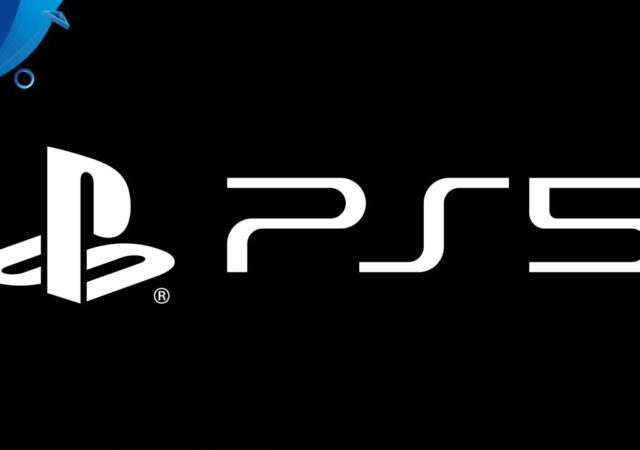The Snapdragon Summit 2022 has unveiled the highly anticipated Snapdragon 8 Gen 2 platform, promising to revolutionize the flagship smartphone experience. Snapdragon’s highlight event of 2022 held in Hawaii from November 15th to 16th centered around the announcement of the…
PlayStation 5 Specs Revealed! Underwhelming? Not Exactly.
The Sony PlayStation 5 is soon launching at the end of 2020. There are still plenty of question marks surrounding the anticipated gaming console though. Today, we know what kind of power it will pack. Slightly underwhelming, but still impressive.




